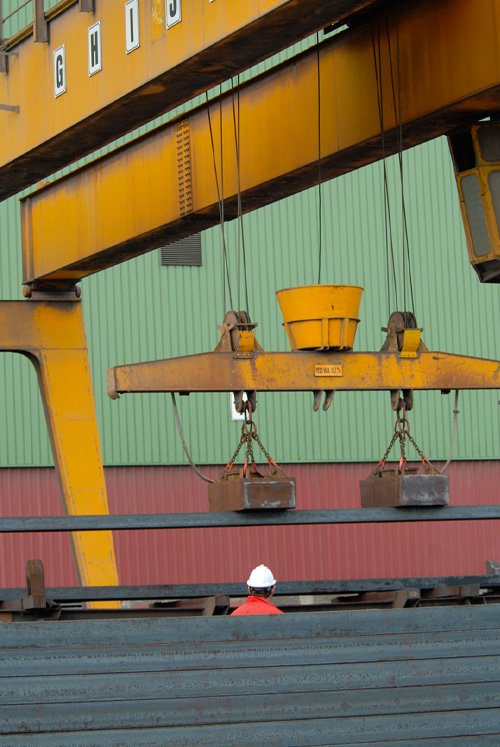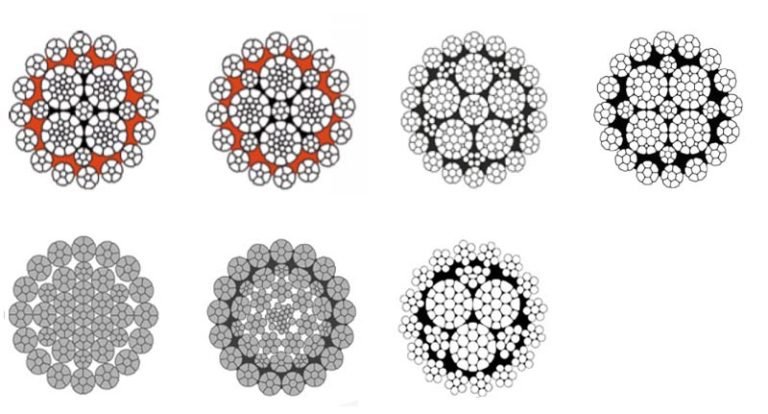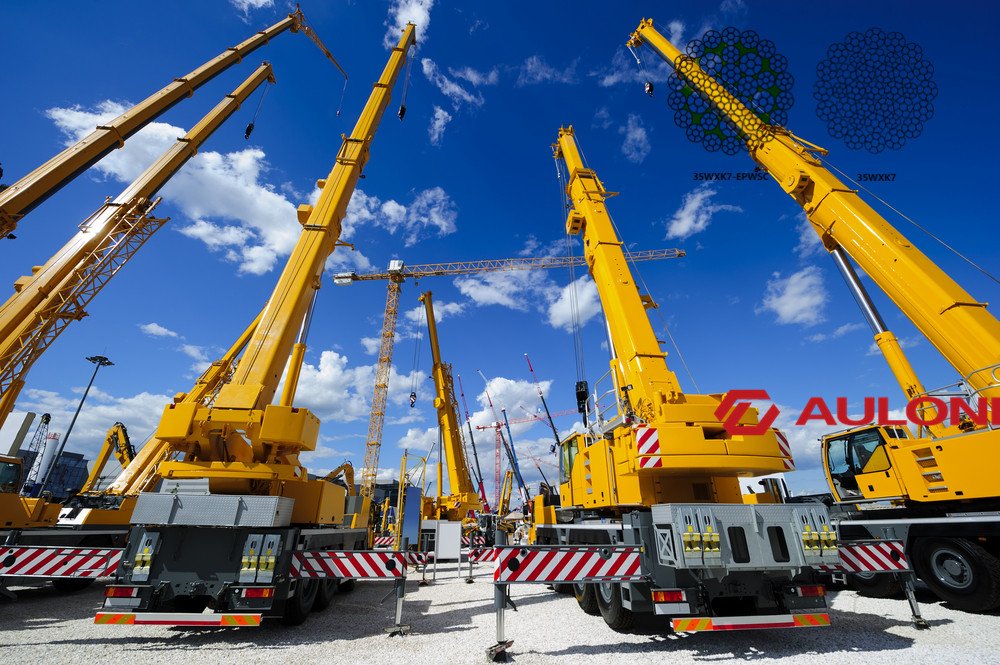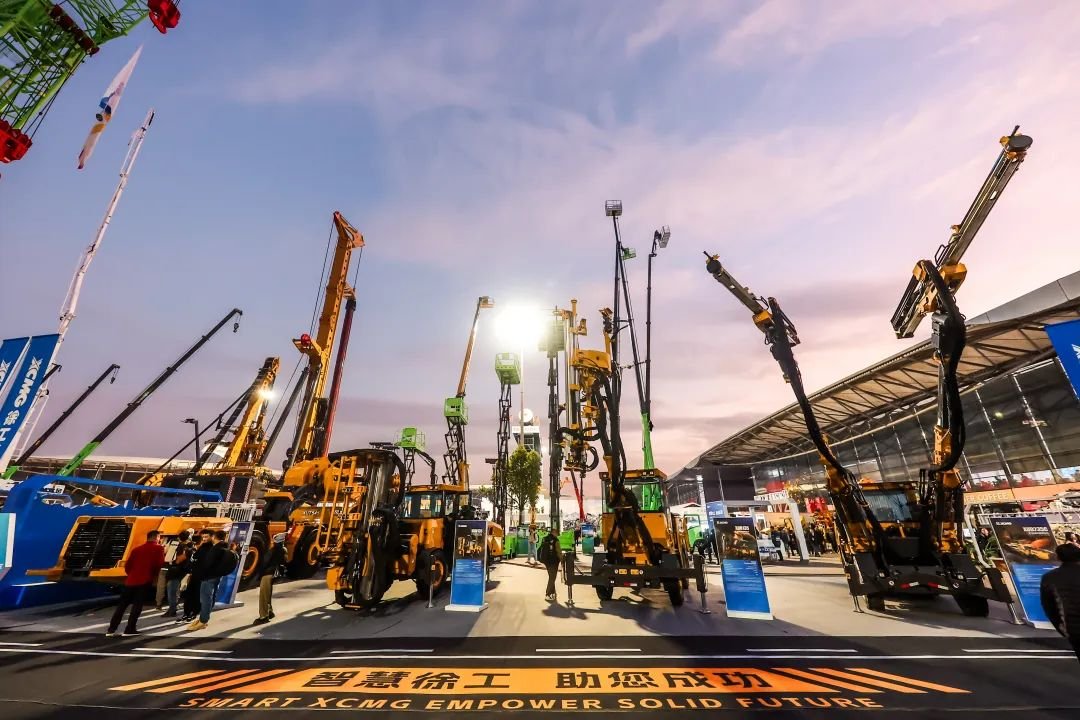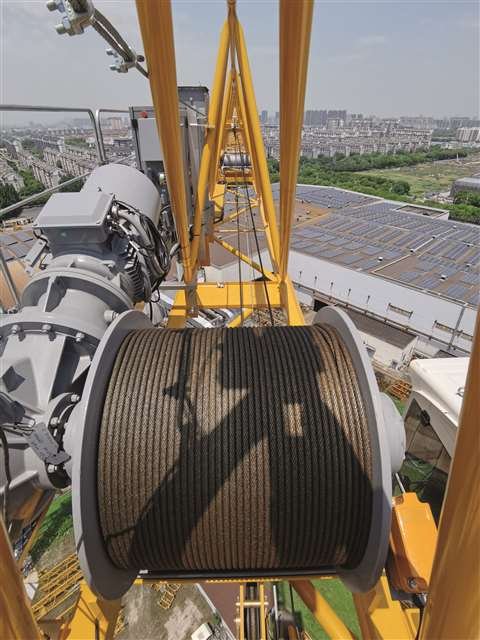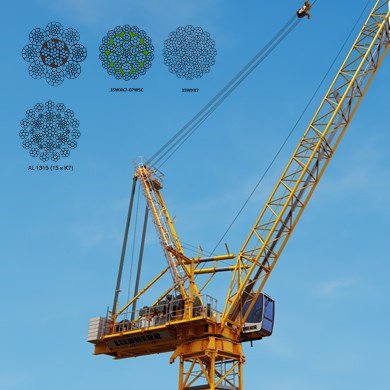Stability in heavy lifting operations is non-negotiable. When steel cables twist unexpectedly, they risk snapping or damaging equipment. Non-rotation wire ropes solve this through structural innovation.
Non-rotation wire ropes achieve reliability by using parallel-strand cores to counter torque forces, ensuring controlled lifting. Their design complies with EN12385-4 standards while offering customizable coatings for corrosion resistance.
Let me show you how a mining project in Australia avoided costly downtime by switching to these ropes. The results were transformative.
How Do Non-Rotation Wire Ropes Prevent Dangerous Rotation?
A 10-ton crane load spinning mid-air isn’t just inefficient—it’s lethal. Non-rotation ropes use layered winding techniques to balance internal forces.
These ropes interlace strands in opposing directions to neutralize rotational energy. This “tug-of-war” design keeps loads steady even during rapid vertical movements.

Structural Comparison: Traditional vs. Non-Rotation Ropes
| Feature | Traditional Ropes | Non-Rotation Ropes |
|---|---|---|
| Core Design | Single spiral strand | Parallel independent strands |
| Torque Resistance | Low | High (up to 80% reduction) |
| Certifications | Basic ISO | EN12385-4 + DNV/GL marine |
While traditional ropes rely on a single helix core, non-rotation variants use multiple independent strands. Think of it like stacking springs in opposite directions—each layer cancels out the other’s twist.
What Certifications Guarantee Quality in Non-Rotation Wire Ropes?
Certifications aren’t just paperwork—they’re your insurance against structural failure. Key standards separate trustworthy suppliers from risky options.
EN12385-4 validates load-bearing capacity, while BV and CE certifications confirm corrosion resistance. Marine-grade ropes require RMRS or DNV approvals for saltwater exposure.
Critical Certifications for Industrial Applications
| Standard | Focus Area | Testing Method |
|---|---|---|
| EN12385-4 | Tensile strength | Destructive load testing |
| BV Marine | Saltwater durability | 1,000-hour salt spray test |
| RMRS | Fatigue resistance | 10,000+ bend cycle tests |
A client once rejected a shipment due to missing RMRS stamps. We now pre-test 5% of each batch using third-party labs to avoid such costly errors.
Are Non-Rotation Wire Ropes Suitable for Marine Environments?
Saltwater corrodes standard ropes 3x faster. Marine-grade options combat this with specialized coatings and materials.
Snippet paragraph: Galvanized or plastic-impregnated non-rotation ropes withstand harsh marine conditions. They’re proven in offshore rigs and shipyards across Southeast Asia and the Middle East.
Marine Performance Metrics
| Coating Type | Lifespan (Years) | Max Salinity Tolerance |
|---|---|---|
| Hot-dip galvanized | 8-10 | 35 ppm |
| Plastic-impregnated | 12-15 | 50 ppm |
| Stainless steel | 20+ | 70 ppm |
Plastic impregnation fills microscopic gaps in the steel, blocking salt intrusion. It’s like waterproofing a brick wall versus merely painting it.
Conclusion
Non-rotation wire ropes combine torque resistance, certified durability, and adaptable designs to meet global industrial demands. Choose them for safety that scales.

